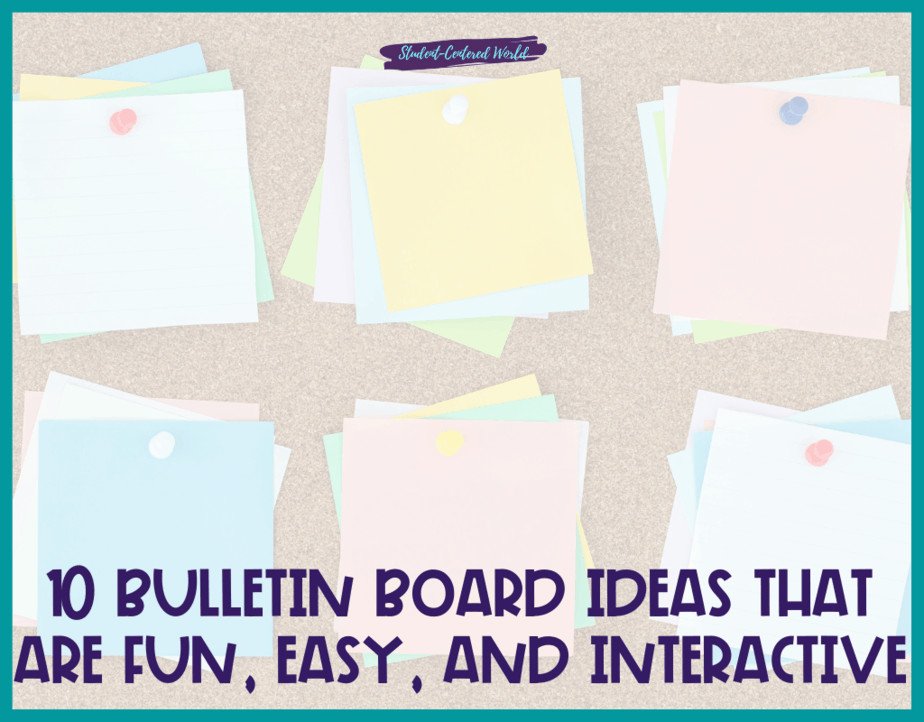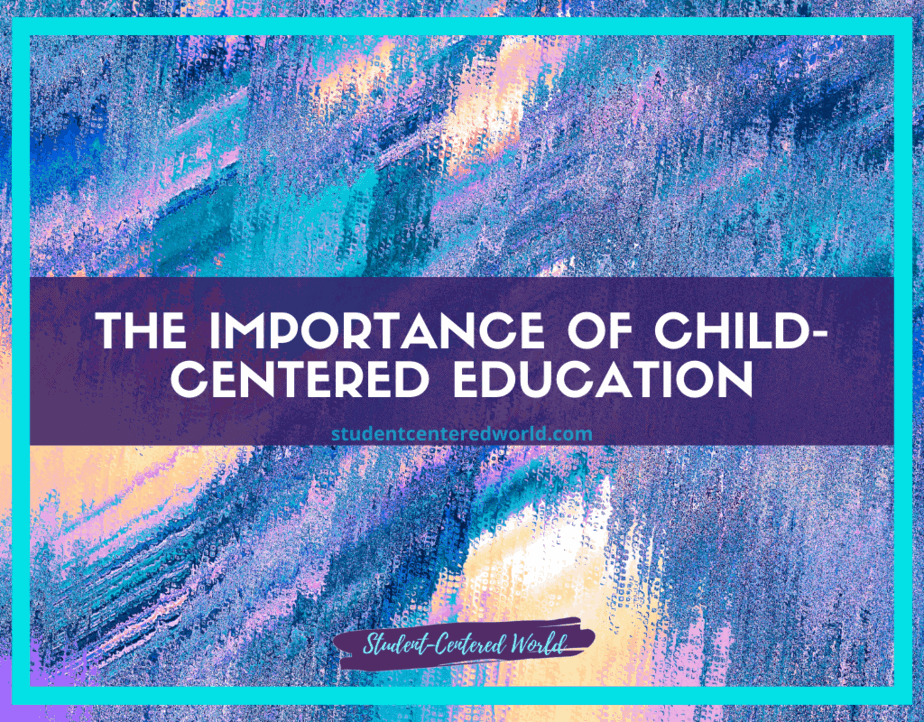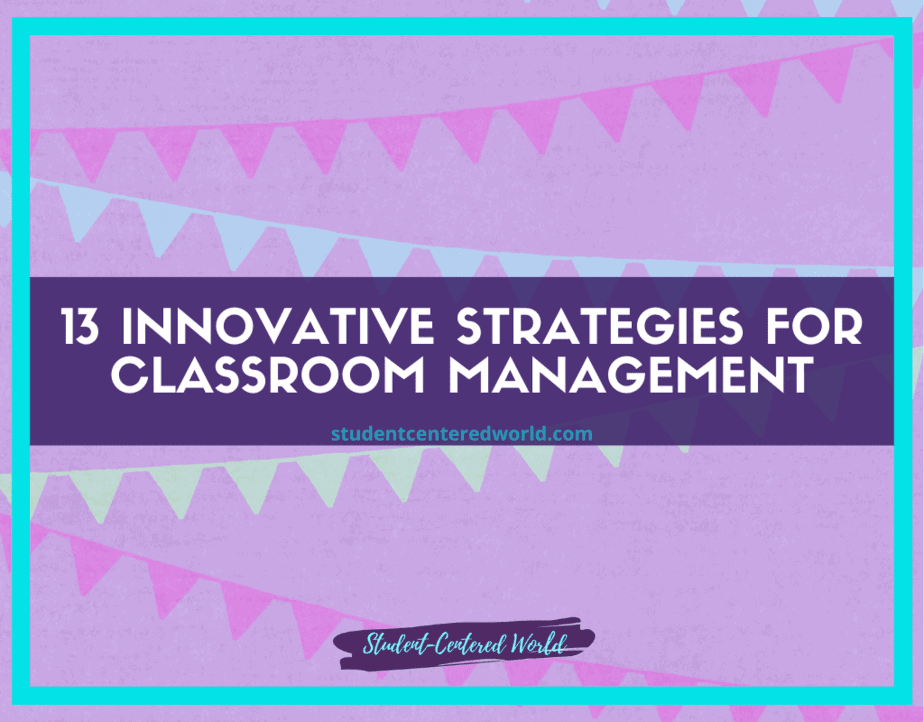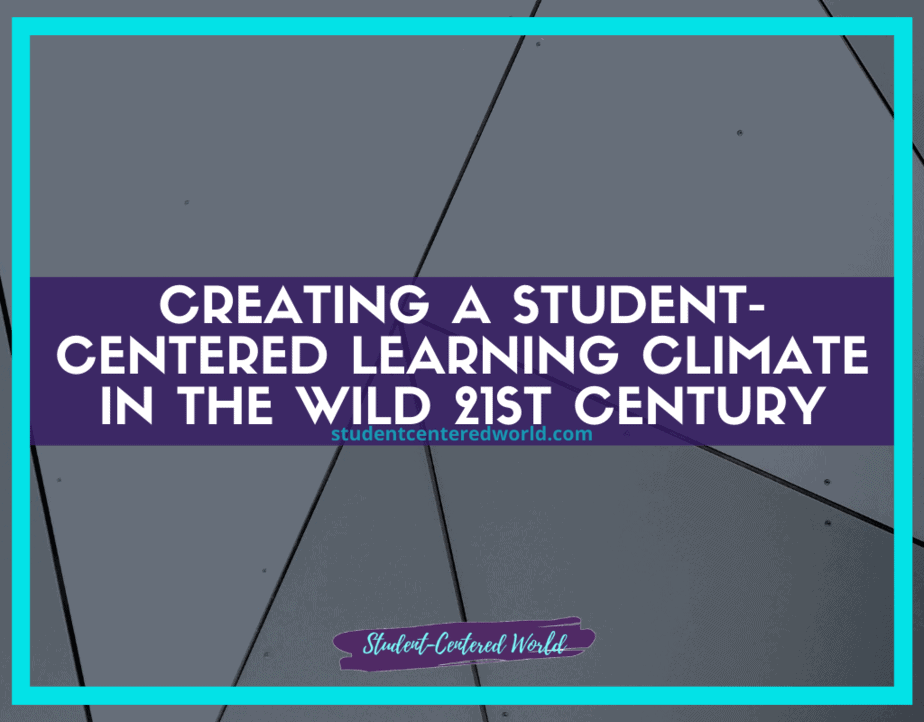10 Bulletin Board Ideas that are Fun, Easy, and Interactive
No matter what grade level you teach, at some point you will need to come across some really amazing bulletin board ideas. The issue is, what do you want your bulletin board to achieve? Meaning, is it just for show to be aesthetically pleasing? Or do you want it to be interactive? My own opinion is that all of your bulletin board ideas should have an interactive element to them (even better if the students are the ones creating the bulletin board “content”)…and coming up with this isn’t as hard as you would think.
I want to give you some really easy bulletin board ideas that I have used in my own classroom and others that I have seen work in other teachers’ classrooms. They are all simple, yet creative…but most importantly they work! They will definitely help your students remember key concepts, and also spark a conversation about the subject of your lesson!
**Always remember to provide students with a “hook” so that they will look forward to discussing the bulletin board every morning. The hook should be something that has already been introduced in your lesson or something you ask them directly about it…but I’ll explain more later on!
Detective Bulletin Board
This idea works really well for middle-grade students. I’ve seen this used specifically to help teach 6th graders how to write in paragraphs using the 5 paragraph essay. Once they completed their mini-lessons on what makes a strong introduction and conclusion, etc., they would look at the body of the detective bulletin board to see what evidence their own body paragraphs would include. It’s a fun way to help your students remember some key things you have taught them previously in the year.
This is also a great bulletin board idea for upper grades as well…specifically if they are working on learning how to use evidence to prove their argument. You can use what they have already learned from the detective bulletin board and adapt it to fit any type of essay writing. If your students are studying a particular topic you could have them look at primary sources on the bulletin board.
Anchor Chart
Anchor charts are so popular these days, and for good reason–they work! I’ve seen such an amazing turnaround in information retention when I use anchor charts. My students learn a concept, then they see it on the chart along with all the important vocabulary words that go along with that concept. Then once we have learned those words, they will have it all written down in their notes. As a result, when we come to review important information for an exam or quiz, they are much more likely to remember what a particular term means.
Here’s another way to use anchor charts that I have seen work really well: make one near the beginning of your unit to go along with your mini-lesson. Then, come back to it about a week later and have students add more information onto the chart, using the same color pen as they did before. Once they finish that one (and correct it), make another anchor chart with new vocabulary and concepts for them to learn. You can see how this would be helpful if you have a unit test about halfway through the year.

Class-made “Book” Cover
If you are teaching Shakespeare, for example, do not buy your students a copy of The Complete Works of William Shakespeare ($$$). Instead, have them create their own complete works and put them on the bulletin board. I have seen this used for all kinds of topics being covered in the classroom, which makes this high on the list of bulletin board ideas.
You could also bring some books in on whatever topic you are covering and do a “book talk” with them. Then, students can use the covers of those books on their own book cover. You may also want to keep it traditional and print out a cover from an online source.
Movie Poster
This is such a great option in the list of bulletin board ideas! Choose a moment from a topic you are covering and recreate it using your students’ artwork.
Here’s how you would start out:
1) First, go over the content material however you choose, then assign each student a piece of that content to draw that will appear on their movie poster.
2) The next day, have them write a summary of what were assigned (just a couple of sentences).
3) Pass out their art supplies, then have them recreate that scene on 11×17 paper.

Information Pop Quiz
This is a fun way to review your unit with your students! Here’s how you would do it:
1) Have your students list 5 important facts about the topic.
2) Using a random number generator or piece of paper, choose 5 students to come up and answer their facts out loud.
3) Give everyone 100 points for participating and deduct 50 points for incorrect answers. Each round, add another fact until the time is called.
4) At that point, you have each student write a sentence about the author on a post-it note and put it on their desk. They will then transfer this to their assignment organizer.
5) The next day, they will take out their assignment organizers and place the post-its of facts into them appropriately. Then, they will answer questions (provided by you; depending on the grade level you are teaching, these can be multiple choice or open-ended questions). I used Bingo boards (again, super cheap from Oriental Trading) and had students cover the boxes with post-it notes as they answer them correctly. Then, once completed, I made a compilation of all of this on the bulletin board, which serves as a longer-term review of the topic.
Diorama of a topic
This is such a great way to get your students excited and engaged in the content that you are currently teaching (or just finished) and your bulletin board will look so cool! It works best if it’s designed with a partner or group, but you could have individual students do this as well.
You would start out with:
1) Go over the content material however you see fit and then pick out pieces that would be interesting for the students to recreate. Then, tell them what they are going to create. If you’re not sure whether or not they will enjoy it, ask a few questions like “will you be okay using glue?” “Are you okay with doing a project that may take a while?” The goal is to make sure they have no complaints and are excited about this activity!
2) After everyone has agreed, pass out the supplies needed (glue sticks, popsicle sticks, markers/colored pencils, cardboard boxes, or poster board). Make sure you have an ample supply that everyone can use.
3) After they have created their dioramas, hang them up on the bulletin board! To make it more interesting, write down what each student did to create their scene and include a picture of theirs as well.
Classroom T-shirt
This idea is very simple and results in students feeling proud of their work! Here’s how you would do it:
1) At the beginning of the year, tell your students that you will be having a simulation in their class and ask them what they would like to dress up as (content-related). You can either hand out paper and have them think about it or go around and ask each student individually.
2) During this time, you should also purchase/make a t-shirt for each student. This should be generic enough that every student in your class can wear it, but specific enough so that students know which one belongs to them. For example, BOY1’s shirt might say BOY1 on it and GIRL5’s might say GIRL5.
3) After the students have decided on their costumes, make sure they are walking advertisements by telling them that they get to wear their shirts when you are covering that content in class! You could even make a poster for your room that lists what each student dressed up as so by the end of the year, it all connects.
Book Alphabet
Your students will love this idea because it allows them to be creative and use their imaginations. It works best if you find alphabet letters that are specific to your content, but you can also do letter cut-outs and have students paint them to make them look special. Here’s how it would work:
1) When coming up with this idea, decide on a theme for your class so that students know what to base their information on. For example: “Book Titles from the 1800s” or “Common Denominators of ____”.
2) After they have chosen what they would like to base their books on, hand out the supplies needed (or allow students to get them themselves). This should be something that can easily be altered depending on the number of letters you’re working with.
3) After they have finished their book titles, take a picture of each student holding up their book for the “reading wall”. Have students write down what each book is called underneath their picture so people can tell them apart.
You can adapt this idea to just about any topic by using the same alphabet letters (or another set) and changing the time period theme.

ABC Order (Younger grade bulletin board ideas)
These simple bulletin board ideas can be used as an introductory activity for teaching/learning the alphabet or they could also be used to review the alphabet at the end of the year as you prepare to start your next ABC unit. Here’s how it would work:
1) Begin by creating an “A” on the board in any way that you would like. You could use a dry erase marker, vinyl letters, or even paint depending on how large you want it to be and what your classroom is like. You can also change this up every day if students get bored with the same A each time.
2) This time, make an “X”. After you have finished marking it up on the board, ask a group of students to come to pick from a bag containing all 26 letters. When they grab one, tell them what letter it is and then place it in the A slot. If they are correct, they get to keep the letter.
3) Finally, make a “Y” in the exact same way. Hand out the letters one by one until your alphabet is complete. If you have more than 26 students or letters left when no one else can go, put them back in the bag to be pulled from another day.
4) Now that your ABC order is complete, take a picture of the board and then use it as your reading wall picture. Make sure to write down each student’s name with their letter so students know which one is theirs. You could even have them make up a sentence using their letters (ex: “Ally likes apples!”).
Letter and Sound Matching Game
This is a game that can be played in partners, small groups, or even by the entire class. Here’s how this idea would work:
1) Before starting, write each letter on the board in a large enough size so that everyone can see it. You could also use letter tiles or vinyl letters as long as they are big enough for students to be able to see from their desks.
2) Make sure each group has an equal number of letter tiles and then distribute them out randomly onto each student’s desk.
3) Have students pick as many tiles out of their pile as they would like.
4) When everyone in the group has picked out a certain number of letters, instruct them to arrange them on the board in that order, depending on what you are looking for them to do. If you’re working with older grades, maybe it is spelling out important vocabulary from your unit. If they’re younger, maybe it’s just organizing them appropriately. For example: If you begin with the letter “B”, put it in the second slot. If you begin with “C”, put it in the third spot and so on until you’ve finished going through the entire alphabet.
This idea could also be adapted to work just like a memory game where students have to look around the room to find all of the letters and then put them back in order.
Stop Driving the Teacher Struggle Bus
Are you struggling with student engagement, apathy, or keeping your class on track?
💫💫 There’s hope! 💫💫
Join my free teacher workshop “Choosing Choice” and in just 60 minutes, you’ll craft a practical plan to revitalize your teaching. Discover the magic of student choice in boosting engagement, gain quick implementation ideas, and explore strategies for year-long success.
Unlike overwhelming workshops, my approach guides you in real-time, providing more classroom options, reducing stress, and giving you more personal time.
Plus, you’ll earn a 1-hour professional development certificate and have 7 days of access.
Don’t miss this chance to transform your teaching; click below to secure your spot now!






